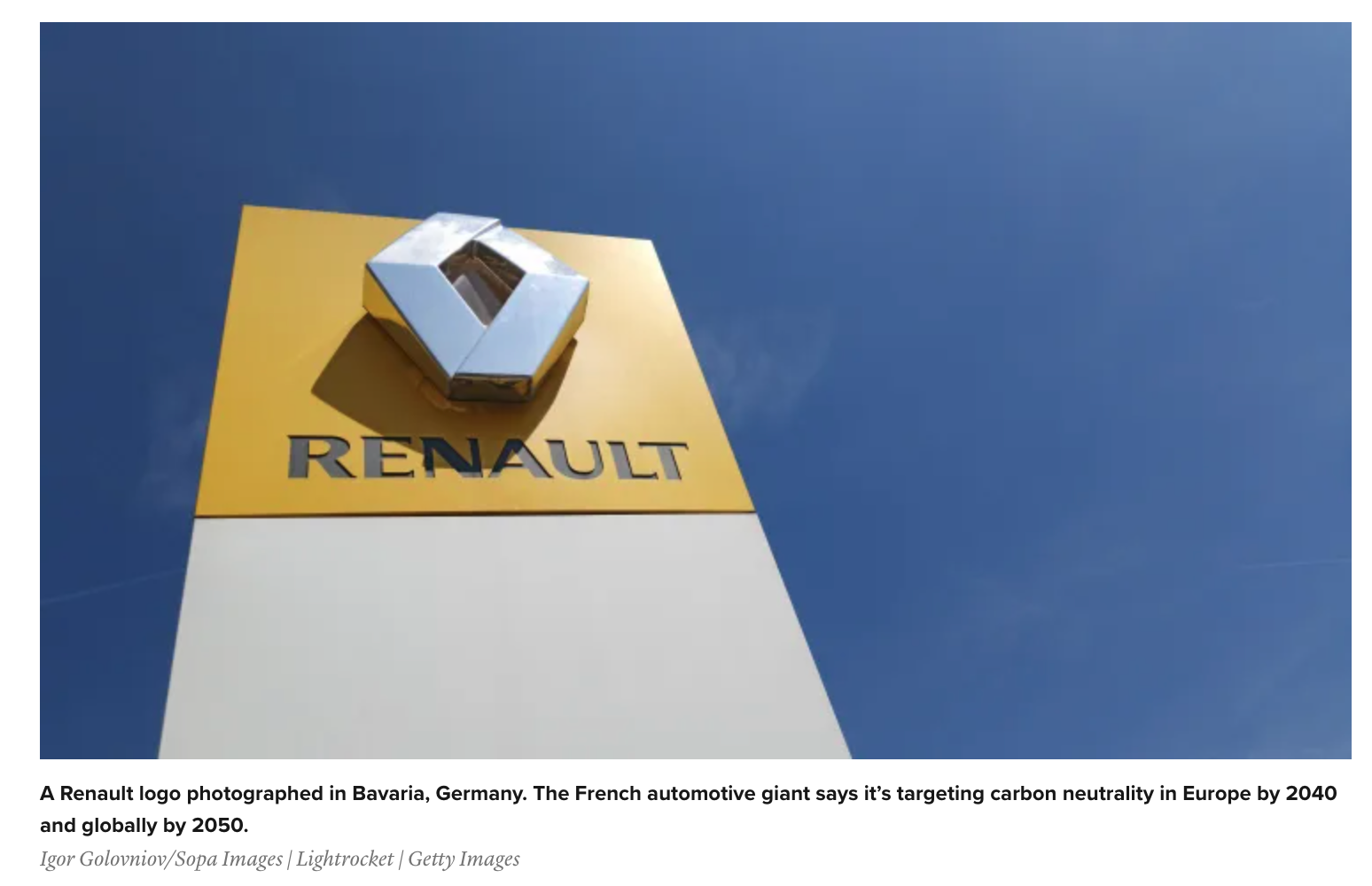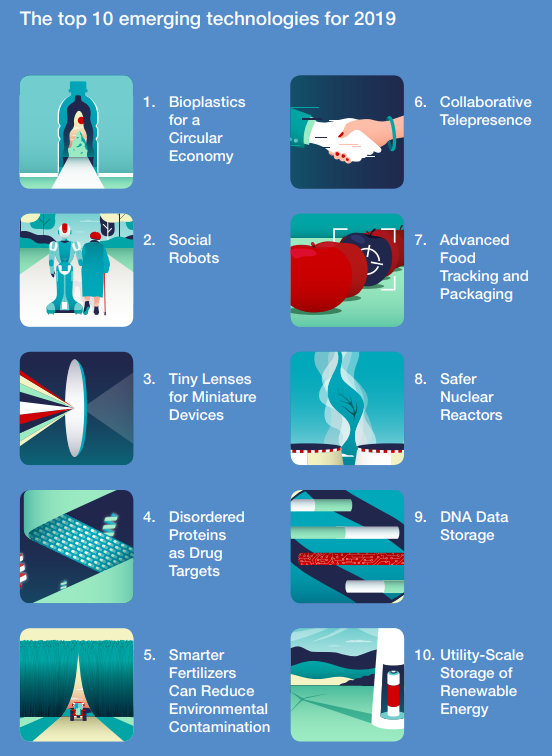Here are some of the technical issues, and several of them appear to be genuine hurdles to be overcome:
PRODUCTION
H2 remains expensive to produce (target is 2$/kg production costs, but does this include storage and transportation?).
Electrolyzer heat losses, heat-of-compression losses and heat-of-liquefaction losses result in large energy losses. Perhaps some of these could be turned into power generation or heat use (even heat storage in northern climates for seasonal heating).
High temperature, efficient electrolyzers need to run with a constant power input. Hence, H2 projects will require massive storage capacity to allow smooth, uninterrupted, stable power to be provided 24 hours a day from solar and wind.
Storage using pumped hydro? In areas where the sun is great (Saudi, Australia, Egypt…)?
Storage using batteries (environmental risks, metals shortages, recycling issues)? Most likely option at this time in project planning, but the environmental burden of the current generation of battery options is substantial.
Storage using compressed air energy storage methods (salt caverns, saline aquifers, steel-cased wellbores)? (Perhaps)
Consuming part of the H2 produced to level out the power provision? Combined with compressed air?
STORAGE: LARGE SCALE TO SMALL SCALE
As compressed H2 in steel-cased wellbores (2500 kg per km deep 30 cm diameter well)?
As another molecule (NH3, CH3OH, C6H12…)? Ammonia has its issues (toxicity), but is the densest H2 carrier in the brief list.
Storage is needed at BOTH ENDS of the supply chain, and different scales of storage as well (e.g., differences between a regional storage hub and a local H2 “filling station”).
A regional hub must store perhaps 106 kg of H2 if it is used for fuel as well as for electrical power generation. This is the energy equivalent of about 2.7×106 kg of CH4
A “local” filling station must store enough for 1000 fill-ups per day for cars, about 6000-7000 kg. H2 highway trucks need 50-100 kg.
Vehicles must store fuel “on board”. Large volume tanks, huge pressures, or a large weight of metals (for hydrides) are needed.
TRANSPORTATION
Hydrogen embrittlement of steel remains an issue.
H2 is extremely light. Even though it contains 2.7 times the energy mass density as methane, its volumetric energy density is so small that pipelines would need much higher velocities.
Pure hydrogen pipelines with H2 compressors, valves, etc., are much more susceptible to leakage because of the small molecular size of H2.
In other words, it is not clear how transferable existing natural gas infrastructure is toward a H2 infrastructure.
As another molecule? (reforming molecules back into H2 efficiently is an issue, and all these “changes” consume more energy)
As liquefied H2? (extremely low-T tankers would be needed, better than current LNG carriers)
Adsorbed on a metal hydride? (poor mass ratio so carrying all that metal in both directions engenders a penalty)
USE OF HYDROGEN
In fuel cells at a scale of many MW power output?
In current CCGT technology with up to 12% H2 in a CH4-based turbine?
In combined cycle H2 turbines? (NOx emissions are a concern)
In combined cycle H2/O2 turbines? (It costs additional energy to separate O2 from air)
Many of these challenges are being met, at least partially. Some remain as stubborn barriers to full commercialization. But, one emerging fact seems clear: Without several massive breakthroughs in the H2 pathway, it will remain far more expensive than natural gas from fossil fuels (or hydrogen from fossil fuels).
Is Canada well-positioned for an emerging H2 economy? Not particularly. Here are some constraints.
Realistically, only the Gulf of St Lawrence has wind power that is sufficiently steady, strong, and reliable to warrant large-scale H2 generation on a continual stead basis. And even then, massive storage will be needed to make it steady, clean and reliable.
Solar is too seasonal in Canada, unless you can store the H2 seasonally (as we currently do with natural gas). Compare to Australia.
Great natural gas infrastructure, but we are not yet sure how “adaptable” it is. Also, the natural gas pipelines infrastructure is huge, extremely well-developed in the west, but far less so in the east and Maritimes.
Could we build CANDU centres to provide a base load power feed to large-scale electrolyzers for H2 manufacture?
…and other points…
Each of us will have somewhat different views of these constraints and how important they are or if they can be overcome realistically in today’s political climate. Nonetheless, these issues must be carefully weighed by users, scientists, and politicians at all levels if a pathway to climate change control is to be implemented using H2 as the base energy carrier. Conversion to a (partial) H2 economy over time would certainly contribute massively to climate change control, but a lot remains to be done to get there.
Fortescue looks to build 9.2GW wind and solar green hydrogen project in Egypt
Giles Parkinson 11 September 2022
Andrew Forrest’s Fortescue Future Industries says it is looking to build a 9.2GW wind and solar facility that will power green hydrogen production in Egypt, and could also include local manufacturing facilities for wind and solar.
Forrest and his team from FFI, the billionaire’s newly formed green energy venture, are on yet another global tour scouting for opportunities to meet his ambition of producing 15 million tonnes of green hydrogen a year by 2030.
The newly revealed 9.2GW project – and other green energy opportunities – were discussed over the weekend by Forrest and his team with Egypt president Abdel Fattah El-Sisi, in the lead up to the latest UN climate talks due to be held in Egypt later this year.
“Egypt is on the way to becoming a global powerhouse in the green energy value chain and will be ready to show the world that at COP27,” Forrest said in a statement, in reference to the Conference of the Parties, as the UN talks are described.
“Egypt’s excellent wind and solar resources can generate the renewable energy required to produce large scale green electricity, green hydrogen and green ammonia.”
It is the latest in a series of project announcements unveiled by Forrest and his team over the last year and a half, when Forrest has scoured the world, and large tracts of Australia, looking for green energy and green hydrogen opportunities.
Fortescue and FFI have already announced plans for a 5.2GW wind and solar project in the Pilbara, which will be mostly focused on the company’s massive iron ore operations, transport needs and possibly local manufacturing and production.
Forrest is also exploring opportunities in the south of the state, near Esperance, and has reportedly been signing deals with landowners to host the massive wind turbines that would power such a project, although few details have actually been released.
In Queensland, Forrest’s private investment firm Squadron Energy has begun construction of a first 450MW stage of the Clarke Creek renewables hub that could also include more wind, solar, battery storage and green hydrogen production.
Near Gladstone, FFI is constructing the country’s first major hydrogen electrolyser factory, with an initial capacity of 2GW a year, and is also looking to build wind turbine towers, solar modules and other green energy infrastructure at the same green manufacturing site.
The same options appear to be on the cars in Egypt, where Forrest and FFI have also raised the possibility of local manufacturing to supply the massive green hydrogen project should it go ahead.
“The meeting tackled collaboration between Fortescue Future Industries and Egypt’s electricity and renewable energy sector in the fields of green hydrogen production and green ammonia with a 9.2 GW installed capacity from renewable energy,” a presidential spokesman said.
“(It also discussed) the localisation of electricity production from solar and wind resources such as solar panels and wind turbines.”
Maurice B Dusseault
Earth and Environmental Sciences
+1 519 589 9994





